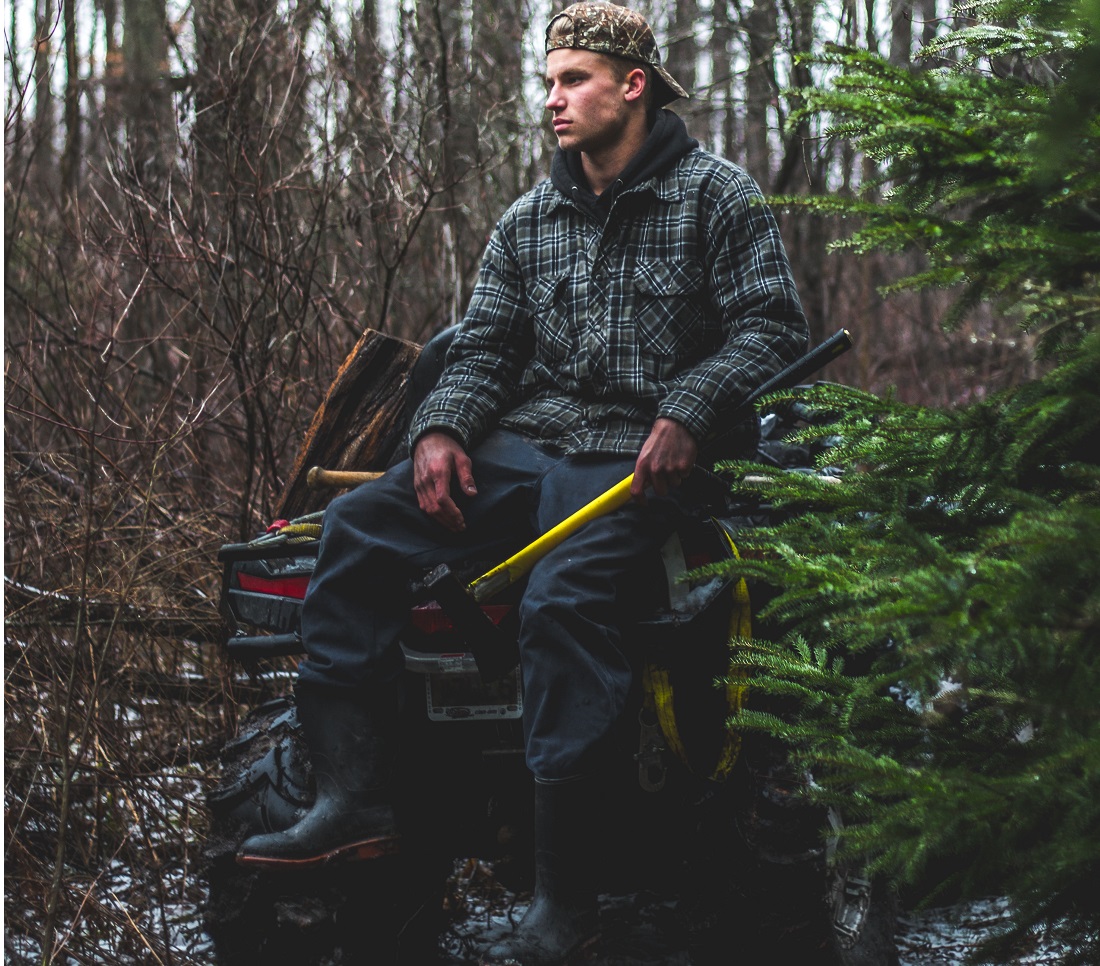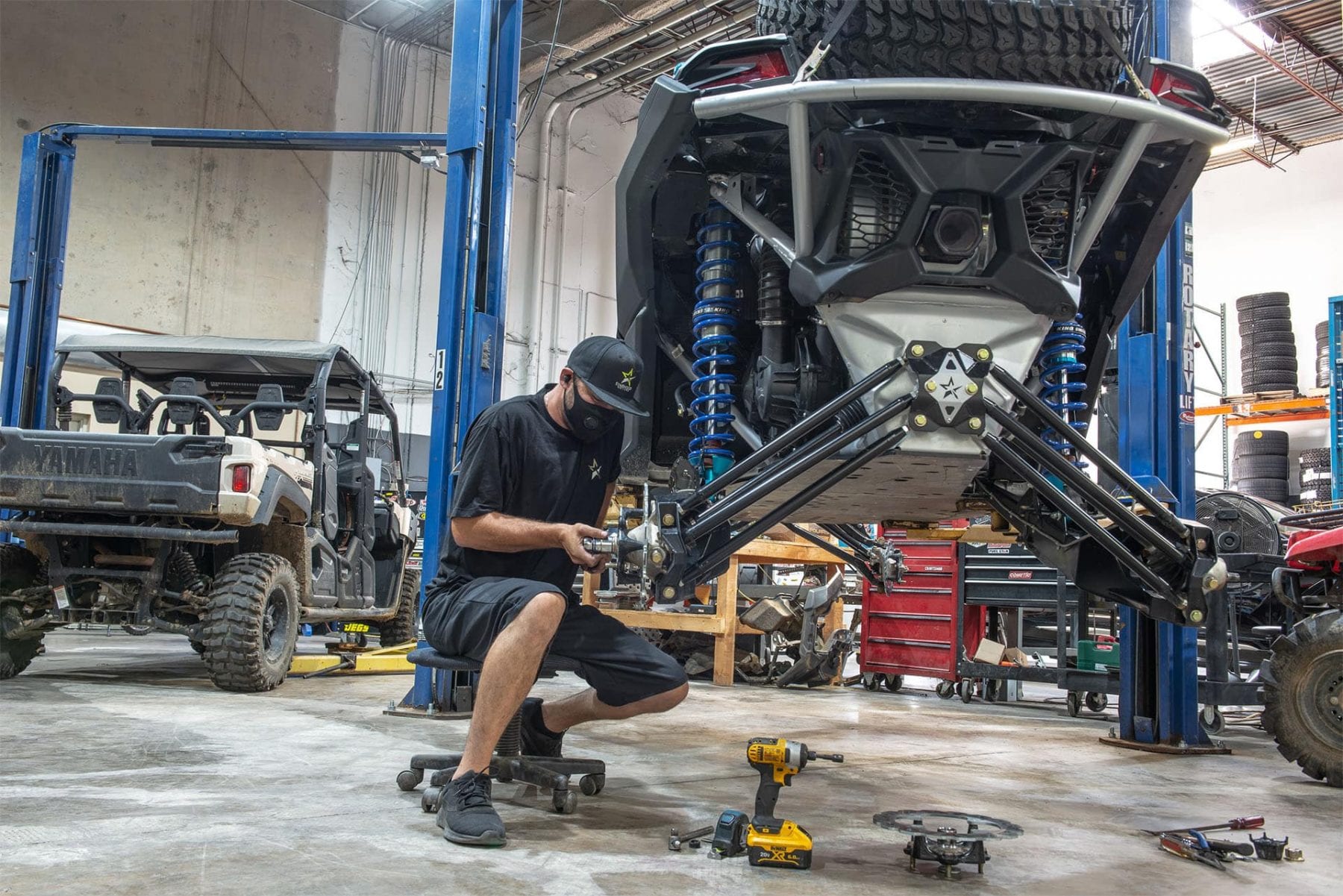Release Your Thrill-Seeking Spirit: ATV Riding Fundamentals for Every Lover
Release Your Thrill-Seeking Spirit: ATV Riding Fundamentals for Every Lover
Blog Article
ATV Riding Techniques: Mastering the Art of Off-Roading

Body Positioning
To effectively navigate with difficult off-road surface, it is crucial for ATV bikers to consistently preserve proper body placing. Keeping the proper body setting while riding an ATV not just enhances control and stability but additionally makes certain the rider's security. By taking on the appropriate body placing strategies, bikers can effectively disperse their weight, improve their equilibrium, and decrease the danger of crashes or injuries.
One secret facet of correct body positioning is keeping the feet on the foot secures. Positioning the feet on the foot secures enables the biker to maintain stability and control over the ATV. The biker's knees ought to be somewhat curved, giving a small suspension to absorb shocks and keep equilibrium. In addition, the cyclist's top body need to remain relaxed and versatile, enabling seamless and quick motions when necessary. This includes maintaining a light grasp on the handlebars to preserve control without extreme force.
Additionally, the biker's eyes should always be concentrated ahead, scanning the terrain and expecting any type of barriers or adjustments in the trail. By maintaining a forward stare, riders can make split-second choices and react suitably to challenging terrain.
Throttle Control
Building upon the value of appropriate body positioning for ATV riders, mastering throttle control is an essential skill that makes it possible for riders to effectively maneuver with various off-road terrains. Throttle control describes the capacity to regulate the amount of power delivered to the ATV's engine. By understanding how to manipulate the throttle, motorcyclists can make certain a smooth and regulated velocity, enabling them to navigate challenges with precision.
One of the basic aspects of throttle control is discovering to regulate the throttle smoothly. Abrupt or jerky activities can trigger the ATV to shed traction or end up being unstable, making it tough to preserve control. Instead, riders need to intend for purposeful and progressive throttle inputs, particularly when traversing difficult terrains. This strategy allows the ATV to preserve a constant rate and supplies better grip, lowering the risk of accidents.
In enhancement to smooth inflection, riders must additionally discover exactly how to balance the throttle with various other riding methods, such as body positioning and stopping. As an example, when climbing high hillsides, riders require to use adequate throttle to maintain momentum without triggering or overpowering the atv wheel spin. When coming down steep inclines, cyclists should utilize the throttle in combination with proper body braking and placing to maintain control and stop the ATV from sliding or tipping over.

Braking Techniques
A necessary element of ATV riding strategies is understanding reliable braking techniques. Understanding how to brake appropriately can make a significant difference in your safety and security and control over the automobile when it comes to off-roading. One of the most critical braking methods is using the front brake greater than the rear brake. The front brake provides the bulk of the quiting power, so it is vital to use it judiciously. other It is crucial to bear in mind that severe stopping with only the front brake can create the ATV to pitch onward, possibly leading to loss of control or also flipping over. It is recommended to apply both brakes concurrently, but with more pressure on the front brake. One more essential method is to avoid securing the wheels while stopping. Locking the wheels can result in skidding, making it difficult to keep control. To stop this, press the brake bars gradually and launch them somewhat if you feel the wheels securing. By understanding these stopping techniques, you can boost your ATV riding skills and make certain a safe and delightful off-roading experience.
Cornering Methods
One crucial element of understanding ATV riding methods is comprehending effective cornering techniques. Collaring on an ATV can be difficult, yet with the best techniques, motorcyclists can browse turns safely and successfully. The secret to effective cornering is to keep control of the ATV while taking full advantage of traction and minimizing the danger of toppling.
To implement a correct cornering technique, cyclists need to approach the turn at an ideal speed, ensuring they are not going too slow-moving or also quick. It is vital to change the body weight towards the within the turn, leaning into it to keep equilibrium and security. This aids for the centrifugal pressure and maintains the ATV upright.
Furthermore, riders ought to keep their eyes concentrated on the departure factor of the turn as opposed to the instant path ahead (ATV). This permits smoother and more precise steering, as it helps the biker anticipate any type of barriers or changes in terrain
Moreover, appropriate throttle control plays a significant duty in cornering. Cyclists have to regulate the throttle efficiently, avoiding abrupt velocities or slowdowns, which can trigger loss of control.
Uphill and Downhill Riding
When browsing off-road surface, ATV motorcyclists need to master the strategies for uphill and downhill riding to preserve control and ensure safety. Uphill riding needs a combination of equilibrium, i was reading this throttle control, and weight distribution. As riders ascend high slopes, they ought to lean ahead to shift their weight towards the front of the ATV, which boosts traction on the front wheels and stops the automobile from flipping backward. ATV. Furthermore, maintaining a regular throttle and preventing sudden acceleration or deceleration helps to prevent the ATV from shedding energy or getting stuck. Downhill riding, on the other hand, needs cyclists to lean back and move their weight towards the rear of the ATV. This helps to keep stability and stop the car from turning forward. It is important to make use of the brakes sparingly and apply them progressively to stay clear of securing the wheels and blowing up. Bikers ought to pick the course with the least challenges, as browsing downhill can be a lot more challenging due to the increased rate and minimized traction. By mastering the methods for uphill and downhill riding, ATV cyclists can with confidence take on various off-road terrains and enjoy a risk-free and electrifying adventure.
Verdict
To conclude, understanding the art of ATV riding calls for a mix of body positioning, throttle control, stopping methods, and effective cornering. Uphill and downhill riding likewise need particular abilities to browse securely. By carrying out these methods, cyclists can improve their off-roading experience and boost their total control and safety and security on the ATV.
ATV Riding Techniques: Grasping the Art of Off-Roading is an extensive guide that digs right into the intricacies of mastering the skills needed for off-road ATV riding. Whether you are a newbie or a knowledgeable motorcyclist, ATV Riding Techniques: Grasping the Art of Off-Roading uses essential advice to assist raise your off-road ATV riding abilities to the next level.

Report this page